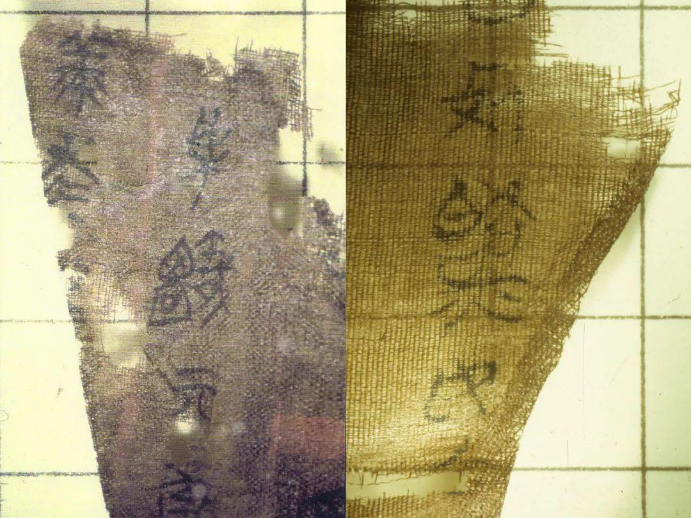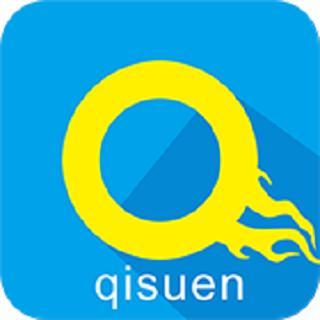
After nearly eight decades overseas, two precious volumes of the Zidanku Silk Manuscripts, dating back over 2,300 years, finally returned to China. The handover ceremony took place at the Chinese Embassy in Washington, D.C., marking a historic moment in cultural heritage preservation.
Discovered in 1942 in a Warring States Period (475–221 BC) tomb in Changsha, Hunan Province, these manuscripts are the earliest silk texts ever found in China and the only surviving examples from that era. Named after their discovery site, the manuscripts were stolen by grave robbers and illegally taken to the U.S. in 1946. Divided into three volumes, the returned texts — Wuxing Ling (Volume II) and Gongshou Zhan (Volume III) — contain over 900 characters detailing rituals, military strategies, and ancient beliefs.
The recovery was made possible through years of diplomatic efforts and academic research. In 2022, the Smithsonian Institution adopted a policy to return artifacts acquired unethically. China’s National Cultural Heritage Administration then provided strong evidence of the manuscripts’ illegal removal, leading to their return. Ambassador Xie Feng praised the collaboration, calling it a “cultural milestone” that sets an example for global heritage protection.
Scholars compare the manuscripts to the Dead Sea Scrolls for their insights into ancient Chinese philosophy and mysterious practices. Professor Li Ling of Peking University, who studied them for 40 years, emphasized their role in understanding early Chinese literature and thought. Vice Minister of Culture Rao Quan stated that their return ensures proper research and protection in their “native soil”, allowing their stories to be shared worldwide.
While Volumes II and III will debut at Beijing’s National Museum in July 2025, efforts continue to reclaim Volume I (Sishi Ling), currently held privately. This success highlights the importance of international cooperation and legal frameworks in preserving cultural heritage.
The return of the Zidanku Silk Manuscripts reflects China’s growing role in global cultural diplomacy. As Ambassador Xie noted, such collaborations “reclaim humanity’s shared legacy”, fostering mutual respect and friendship. For students, this story is a reminder that cultural treasures are not just relics of the past but bridges to understanding our shared history.
原创编写 版权所有 侵权必究! 每日更新 个性化阅读 英语飙升!


 更多优质学习内容
更多优质学习内容

